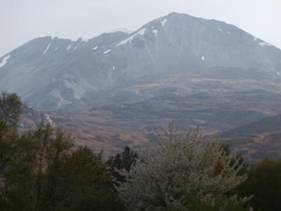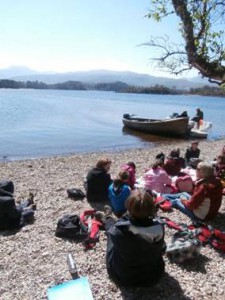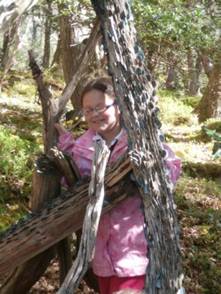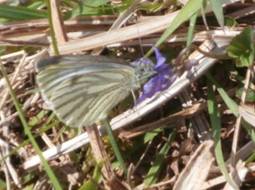
I can’t believe it’s June already! It’s been an action packed month with events, days out with the local primary school and some biological recording thrown in too.
Kinlochewe Primary School were very lucky to visit Loch Maree’s islands as part of their summer term project based on the loch, which will lead to the school achieving their John Muir Award. We headed out to Isle Maree on two boats, where we got a chance to see the money tree, where Queen Victoria supposedly started a trend of hammering coins into the tree trunk for good luck. The tree has now died, from copper poisoning, but it’s fasinating to see the coins, many of which date back to the 19th century. The island is the only one to be covered in oak woodland, like that on the lochs North shore (the other islands are covered in ancient pine woodland, among the most natural in Britain), and has a really rich variety of plants. It was a great opportunity to have a closer look at the wild flowers and even gave them some new names based on how they look, feel and smell- ‘slimey snot plant’ was my favourite (I’ll leave you to guess what plant that was!).
I have been getting involved in butterfly and moth monitoring on Beinn Eighe. Everyone loves seeing butterflies in the summer, but they are very sensitive to changes in habitat and climate, meaning distribution of many species is changing rapidly, in many cases declining. Though moths are often less-loved, they are just as spectacular and the variety of moths in Scotland is unbelievable. Brilliant Butterflies and Magic Moths was an event to celebrate these fantastic creatures and encourage people to look a little close when they see a butterfly fly by.
- A green-veined white feeding on a violet



